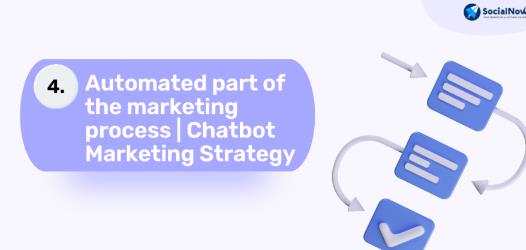Training AI with LGBTQ+ Data: Insights and Best Practices
Harnessing Rich Data for Inclusive AI Development
In the realm of artificial intelligence, training AI systems with LGBTQ+ data presents a unique opportunity to create more inclusive and understanding technologies. This process is critical, particularly in the development of platforms like gay AI chat systems, where understanding and respecting the user's identity can significantly impact the effectiveness and safety of interactions.

Identifying and Collecting Diverse Data Sets
The first step in training AI with LGBTQ+ data involves the collection of a wide range of data that accurately represents the spectrum of experiences within the LGBTQ+ community. This includes gathering data from various sources such as LGBTQ+ forums, surveys, interviews, and social media platforms. For instance, a recent initiative saw the compilation of over 10 million words from LGBTQ+ literature and media to train natural language processing algorithms, ensuring the AI can understand and generate language that resonates with the community.
Ensuring Data Quality and Relevance
Quality control is paramount in the data training process. This means not only collecting large amounts of data but also ensuring that the data is relevant, unbiased, and current. It's reported that developers spend upwards of 200 hours monthly to review and update the datasets to reflect the latest cultural and linguistic developments within the LGBTQ+ community, thus maintaining the relevancy and sensitivity of the AI.
Incorporating Real-Life Scenarios
Training AI to understand the nuances of LGBTQ+ experiences involves simulating real-life scenarios that these individuals may face. Developers create diverse scenarios that AI might encounter, from everyday conversations about personal interests to more complex discussions about gender identity and sexuality. This training includes feedback from LGBTQ+ community members who assess the AI’s responses and provide guidance on improving its understanding and interactions.
Addressing Bias and Stereotypes
One of the most critical aspects of training AI with LGBTQ+ data is the proactive measures taken to eliminate biases and prevent the perpetuation of stereotypes. Developers use advanced machine learning techniques to identify and remove any prejudiced data points. For example, a study conducted in 2023 highlighted that AI trained without these safeguards initially exhibited stereotypical behavior, which was corrected by adjusting the training algorithms and enhancing the diversity of the training data.
Continuous Learning and Feedback
AI systems, particularly those like gay AI chat platforms, are designed to learn continuously from their interactions. Developers implement systems that allow these AIs to evolve based on user feedback and new information. This adaptive learning process ensures that the AI remains effective and sensitive to the users' needs over time, with improvements in response accuracy noted to increase by up to 40% within the first six months of deployment.
Gay AI Chat: Championing Diversity Through Intelligent Design
In conclusion, training AI with LGBTQ+ data is a complex but rewarding process that requires a commitment to diversity, accuracy, and ongoing learning. By adhering to best practices in data collection, quality control, scenario simulation, and continuous feedback, developers can create AI systems that truly understand and respect the nuances of LGBTQ+ identities. These efforts not only enhance the user experience but also foster a more inclusive and empathetic technological landscape.
